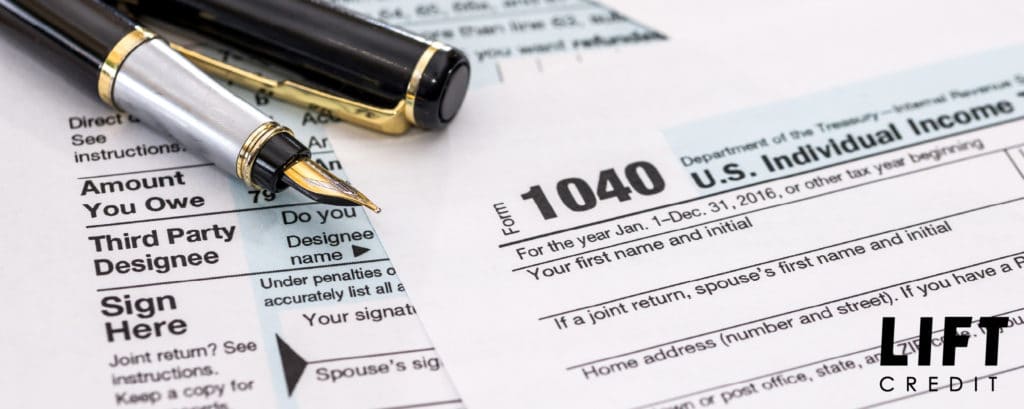Have you ever wondered when you’re supposed to learn how to do your taxes? Too often, schools don’t offer tax prep education alongside lessons about the Pythagorean theorem and The Canterbury Tales. Chances are, you never formally learned how to file taxes or even which tax forms you need to file. That’s why we’re here to help and let you know the most common tax forms you need and why they matter.
Form 1040
What is a 1040 tax form? Form 1040 is the main starting point for filing your taxes. In the past, there were multiple versions of Form 1040, but since the 2018 tax year, everything has been combined into a single form.
Form 1040 can look confusing, but the important part is to fill out each section, one line at a time.
Filing Status
At the start of Form 1040, you have to mark your filing status. Your filing status plays a role in your tax bracket and how much tax you have to pay. If you aren’t honest about your filing status and come under audit, you will be considered fraudulent and face fines.
Filing statuses include:
- Single
- Married filing jointly
- Married filing separately
- Head of household
- Qualifying widow(er)
Select which status applies to you, and move to the next section.
Personal Information
In this section, you have to include your full name, address, and social security number. You also need to provide your spouse’s personal information if you are filing a joint return. If you are living in a foreign country while filing Form 1040, there is also information for your foreign address.
Any section you don’t need should be left blank. Do not mark, strikeout, or blackout any section that is irrelevant.
Standard Deduction and Dependents Information
Select and mark any box that is relevant. If you have dependents, include their information in the appropriate fields.
Tax, Spending, and Income Information
This is sometimes the scariest and most overwhelming section of filing your taxes, but it doesn’t have to be. Just like you did earlier, focus on each line individually, and follow the instructions carefully. If any section is irrelevant to the past fiscal year, leave it blank and move on.
Some sections might take time and research to fill out appropriately. If it is your first time filling out a Form 1040, make sure to take your time and follow each step from line 1 all the way to line 38. While it might look complicated, rest assured, the only thing you need to know is basic arithmetic to fill it out right.
Third-Party Designee
If you want the IRS to discuss your tax return with a friend or family member, you can select this option. This allows the IRS to share your information and tax return with any person you designate, even if they are not a tax professional.
Sign Here
You, and your spouse if you are filing jointly, must sign your tax return. Include the date and your occupation where indicated.
Additionally, you should include your phone number and email address. This information will only be used to contact you to inform you about the status of your tax return.
Form 1040 covers most of the bases you need when you’re filing your taxes, but there are additional forms and papers you need to consider if you fall under some special considerations. These forms are called schedules and are additional documents you might need to fill out.
Schedule 1
You need to use a Schedule 1 if you have:
- Additional income
- Unemployment compensation
- Prize or award money
- Gambling winnings
You should also use a Schedule 1 if you have additional deductions to claim like:
- Student loan interest deductions
- Self-employment tax
- Educator expenses
Schedule 2
Schedule 2 is used if you owe other taxes. This can include:
- Self-employment tax
- Household employment tax
- Additional tax on IRAs or other qualified retirement plans
- AMT (alternative minimum tax)
Schedule 3
Schedule 3 is used to claim any credit you didn’t claim before. This can include:
- Foreign tax credit
- Education credits
- General business credits
W-4
While Form W-4 isn’t directly part of submitting your taxes, it does play an important part in the process. Form W-4 is an employee’s withholding certificate. You should fill out and submit this form to your employer so they know how much they should withhold from your pay.
W-2
Form W-2 is at the other end of the spectrum from the W-4. Form W-2 is the form your employer hands back to you at the end of a year to show the amount of taxes they withheld.
This form is given to you to help complete Form 1040 and is also sent to the government. In the case of an audit, your Form W-2 will be compared to the amounts stated on your Form 1040 to ensure all information is valid.
Lift Credit Can Help
Lift Credit is here to help you no matter what financial topics you have questions about, whether you want to apply for a loan or simply need information to help you handle money better. Check out our blog next time you have any financial questions to get help from our team of professionals.









